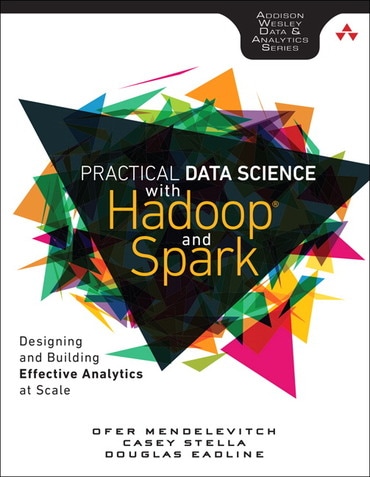Switch content of the page by the Role togglethe content would be changed according to the role

Practical Data Science with Hadoop and Spark: Designing and Building Effective Analytics at Scale, 1st edition
Published by Addison-Wesley Professional (December 8, 2016) © 2017
- Ofer Mendelevitch
- Casey Stella
- Douglas Eadline
VitalSource eTextbook
ISBN-13: 9780134029726
Practical Data Science with Hadoop and Spark: Designing and Building Effective Analytics at Scale
Published 2016
Paperback
$35.99
Price Reduced From: $44.99
ISBN-13: 9780134024141
Practical Data Science with Hadoop and Spark: Designing and Building Effective Analytics at Scale
Published 2016
Need help? Get in touch